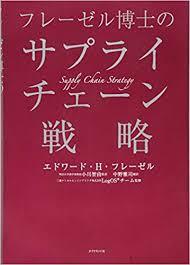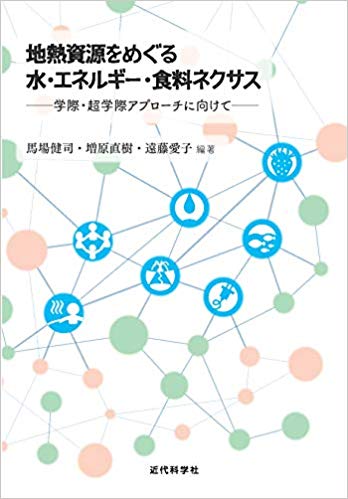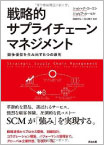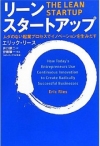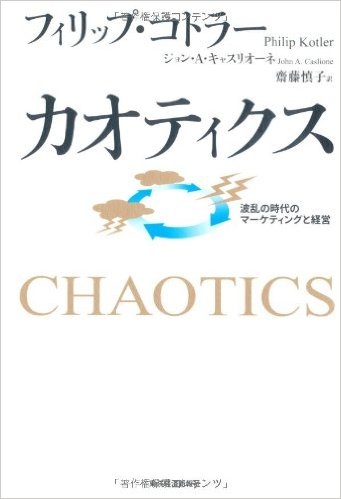Success Mantras of Winning in India and Emerging Markets
インド・ビジネスが世間で脚光を浴びて既に久しい。12億を超える人口、豊富な若年層、卓越したITスキルなど、インドの可能性ばかりに注目が集まりがちだが、実際のインドにおけるビジネスは苦境の連続であり、事業成功の陰には執念に近い根気強さが求められることも認識する必要があろう。本書はGE、IBM、Microsoftなどさまざまな企業の成功事例を紹介した上で、インド進出企業が実施すべき事柄を明瞭に説明している。分野を選ばず参考となる事例が多数掲載されているため、インド事業を検討する際には是非読んでおきたい一冊である。
Indian market, where mostly multinationals are struggling with 1% of their global revenues; the author highlighted various cases such as John Deere, JCB, GE, IBM, Microsoft who marked transformational success stories. Author defines business environment in emerging markets through the military term “VUCA”- Volatility, Uncertainty, Complexity and Ambiguity. To deal with this, he outlines 8 key strategies: 1. Escaping the Midway trap, 2. Visionary country manager with support from headquarters, 3. Operating Model for India, 4. Growing capable leaders in the organization, 5. Leveraging India as an innovation lab, 6. Leveraging on partnerships, JVs, and Mergers & acquisitions (M&As), 7. Developing resilience to deal with corruption and market volatility, and 8. Leading the paradigm shift.
- Midway Trap: McKinsey Consulting defines it as - After the market entry where multinationals target India’s premium market, the challenge of catering to cost conscious middle market and lack of local investments lead to serious challenge. Various companies such as Reebok, AstraZeneca backed off during this while others such as Cummins, GE, Volvo, Procter&Gamble and Nestle sailed through it. Changing the corporate mind-sets is the only way to deal with Midway trap. GE, after experiencing few failed joint ventures such as Godrej GE and HDFC GE, understood that payback time is longer in India than other developed countries. Thus, it is important to stay invested with continuously evolving strategies. Minimum payback time according to industry standards is around be 5-10 years, however it differs as industry varies.
- Visionary Country Manager plays a transformational role in getting companies out of mid-way trap e.g. Vipin Sondhi (J.C. Bamford), John Flannery (GE), Olivier Blum (Schneider Electric) and Shiva Kumar (Nokia). Through her/his cross functional and business unit teams, she/she should identify and chase game changing opportunities. Longevity and tenure of the country manager helps to ensure success (achievement of targets and bringing the corporate change). So, it is important to go beyond the international average posting of 3 or 5 years. Key traits of the country manager are courage, higher ambition, and entrepreneurship along with learning agility and people skills. They require headquarters’ support through allocation of time (for discussing market requirements), adequate authorities (e.g. negotiate prices, customise products, give value added services) and resources (investments). To retain the senior managers, it is important to give them challenging opportunities with equal authorities and responsibilities.
- Operating model in India: India require an agile business model that is a balance of local responsiveness and global standardization. Hitting the middle market takes time. Tata Cummins took 6 years to achieve a profitable business. Growth in emerging markets like India happens in unpredictable spurt rather than continuous trend, so it is important to stay invested for at least 5-10 years. Evolving the governance structure from control to trust with accountability is vital for doing real business. An effective alternative to regional reporting and dual responsibility (responsibility to country manager as well as business unit) structure is in-country reporting where the country manager deals with all issues and targets pertaining to that region. This facilitates agility, ownership and accountability. Bosch and GE used this model in India to avoid delay in decision making and fasten the approval processes.
- Growing Capable Leaders within the organization: It is critical to the long term success of the company. A Pricewaterhouse Coopers survey in 2011 shows that 41% of the CEOs cancelled a strategic initiative and 39% missed growth targets due to lack of right human talent at right time. Current challenge is lack of middle and functional managers. Author highlights that 70% of the management roles must be filled from within the organization. Multinationals must have a blend of professionalism of multinational companies and paternalism of family owned businesses to build reputation and retain employees e.g. Tata Cummins built an air conditioned work factory to strengthen its reputation and earn employee loyalty. The role of Human Resources (HR) head to identify, groom and nurture leaders become very critical in this case. To have more efficient leaders, business unit heads have started leading HR roles e.g. Birla Group’s Santrupt Misra heads its HR and carbon black business.
- Leveraging India as an Innovation Lab: It is critical as products and services from developed countries cater to only 10% of the market in developing countries. Key examples are Cummin’s small engine, Hindustan Lever’s water purification system, Tata Nano, and GE’s electrocardiogram (ECG) device. Innovation in distribution is as crucial as product innovation. Dell’s approach to sell through wide and registered sales affiliates (distributors get performance incentives apart from normal margins) rather than traditional retail distribution (only normal margins awarded to distributors) in India gave a boost to their overall business.
- Leveraging on Partnerships, JVs and M&As: Joint Ventures (JVs) in emerging countries are not a sure shot way of success as their failure rate is estimated 60% in the last 20 years. After creating synergies, JVs such as Kirloskar Cummins and Escorts JCB register spectacular growth. Multinationals that have developed the skills to develop and manage JVs are doing great. As against JVs, M&As are a better option to gain quick market access. Schneider Electric is an excellent example who made various M&As across value chain to add value and expand its business portfolio specifically in electricity distribution and automation management.
- Developing Resilience to deal with corruption: India stands high in case of corruption and frauds, especially in highly regulated sectors such as mining, telecom, and infrastructure. Thus, there is an urgent need to earn the trust of the society, win friends and influence, manage reputation and deal with corruption. Multinationals through their government relations and corporate social responsibility departments should ensure continuous interactions with industry associations to enhance company’s reputation. The engagement helps in understanding market, creating relationships and gaining influential position in the market.
- Leading the Paradigm Shift: Marking success in India requires much more than localization. Paradigm Shift is defined as changes in mind sets and ways of doing business such as initiating future concepts and identifying new areas of growth. Various CEO/country managers quoted as “Globalizers” go beyond data and analysis and use intuition and judgement to identify business opportunities. Companies drive their growth in emerging markets through Globalizers, such as IBM (where India has more employees than US) and Cummins (where India and China contributes half of the company’s profits). The need for Globalizers arise as 50-60% of the future growth from emerging countries like India and China but only 2% of the senior leaders have experience in these economies. Globalizers belong to various countries across the world, but have extensive experiences in emerging markets. They are generally placed in new markets to replicate the successful strategies from one emerging market to others.
Overall, this book is good reference guide for CEOs, CFOs, COOs etc. of multinational companies to know the success mantras for India and emerging markets. All emerging markets have same characteristics such as price competition, low infrastructure development; however India is the toughest country for doing business due to demand for low prices and political instability. Success in India requires significant changes in the corporate mind sets such as innovating quality products at low price through frugal engineering, utilisation of human talent, and consistent investment and efforts with patience. All these strategies help MNCs to win share in India and replicate success in other emerging markets through their experienced leaders “Globalizers” in Indian markets.

